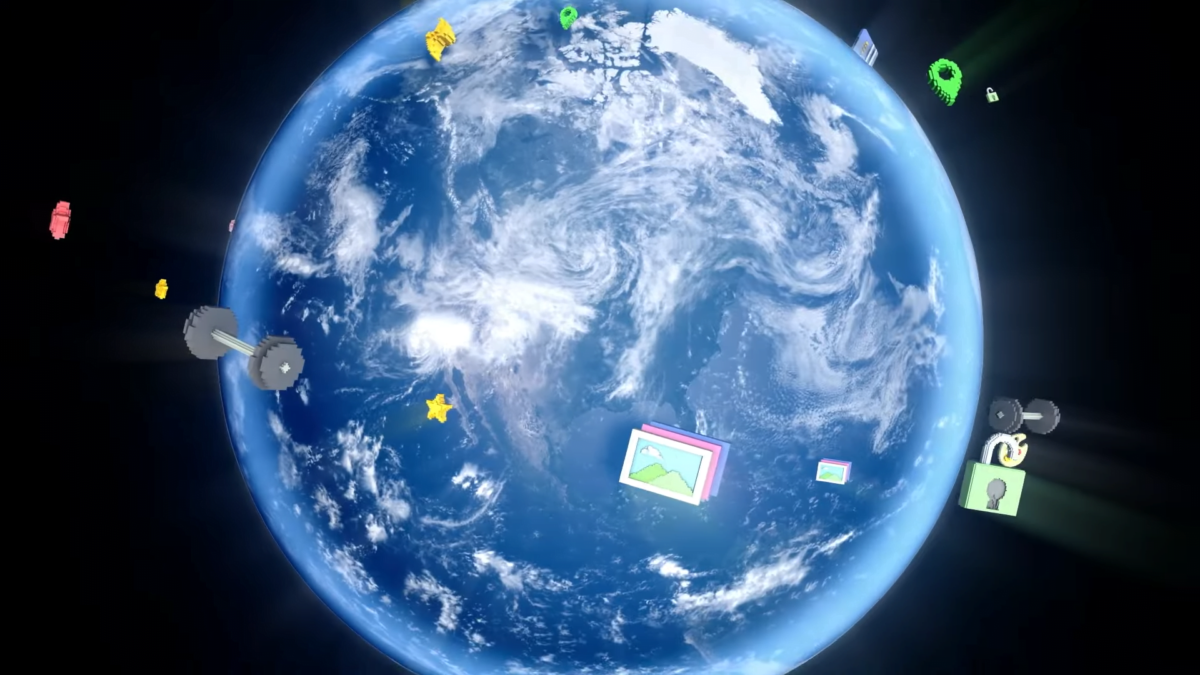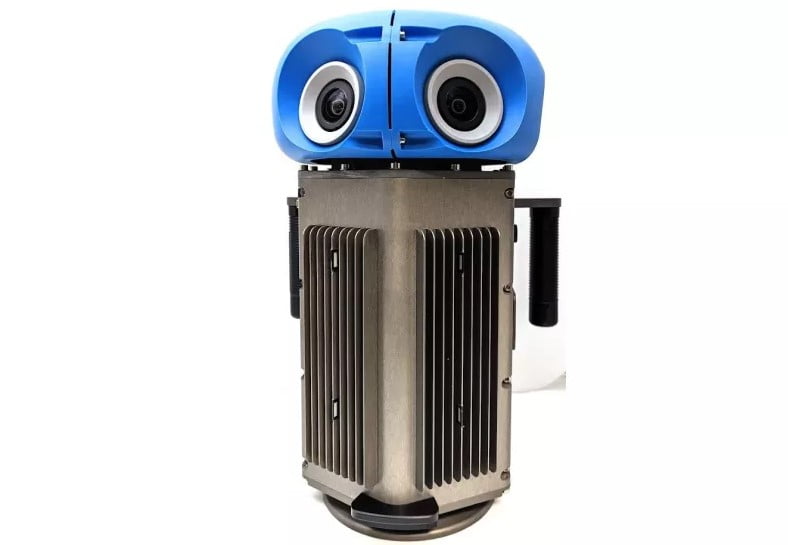Google's new 360 camera brings the XR future a little closer again

For the Street View anniversary, Google is doing something that has gone out of style: introducing a new 360-degree camera.
There was a phase about five years ago, in one of the earlier heydays of the VR hype, with almost weekly announcements of new 360-degree cameras. The most ambitious devices even envisioned us moving spatially through filmed scenes. Facebook announced such "light field cameras" (Manifold) years ago, but has not yet brought the devices to market.
New Street View camera for better coverage
Now Google is once again introducing a new 360-degree camera: The tech company is packing the technology of a Street View car into a camera body that Google says is about the "size of a house cat." The weight is around six kilos.
The camera is portable or mountable on a vehicle and operates via smartphone app. According to Google, the camera can be expanded, for example with a lidar sensor that records additional depth information.

"Camera, why do you have such big lenses?" "So I can take great 360 shots for Google for the AR Cloud." "Oh!" | Image: Google
Google wants to use the new camera to improve existing 360 shots and, in particular, capture remote locations that are inaccessible to Street View cars into the Maps system. Currently, the new camera is still in a test phase, but starting next year, Google wants to use it widely.
The AR cloud needs a lot of photos
Street View data that is as extensive and high-quality as possible is important to Google in two ways. It improves the current Maps service, of course. But they are also the basis for the Google Maps of the future, in which Google can use photos to reconstruct entire scenes in 3D via AI rendering and use them for the AR Cloud: A digital twin of the world.
This closes the loop with the opening of the article. The technology for automatic volumetric shots, especially for videos, has so far proven to be too complex. However, AI rendering could solve this problem in a timely manner, at least for photos, and turn 360-degree shots (in combination with 2D photos) into walkable places. Google already demonstrated this possibility with the new Immersive View for Google Maps using a 3D fly-through of a restaurant.
Then VR would also come more into play again: With a VR headset, for example, you could walk a few steps through the room when choosing a restaurant instead of just looking at 360 photos. Maybe Google will then treat us to another update of the excellent Earth VR app - with walk-through Street View scenes.
Note: Links to online stores in articles can be so-called affiliate links. If you buy through this link, MIXED receives a commission from the provider. For you the price does not change.